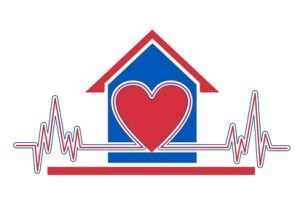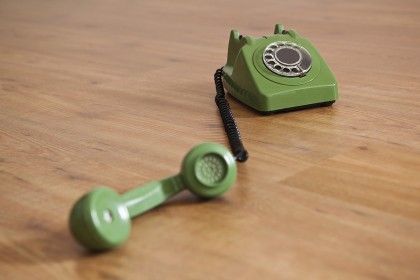Ensuring Safe and Effective In-Home Care for the Elderly
Bringing strangers into your home for in-home care can be a daunting task. Learn important steps to take to ensure the safety and security of your loved ones and valuables, including background checks, financial protection, and setting clear expectations for care.

Take Safety Precautions
In-home care for the elderly is often a necessary and invaluable service. While many caregivers are dedicated and trustworthy individuals, it's essential to take preventive measures to protect both your loved one and yourself from potential risks and pitfalls. Here, we provide a comprehensive guide to managing in-home care for the elderly, with an emphasis on safety and security.
1. Hiring Independent Caregivers:
- Gather essential information from caregivers, whether they are employed through an agency or independently.
- Collect their name, driver's license, social security number, address, and phone number.
- Ensure all computers in the house are password-protected, including screensavers set to activate after 10 minutes.
- Store financial documents securely, including credit card statements, bank records, investment statements, and checks. Use locking drawers or file cabinets for added security.
- Invest in small fireproof lockboxes to safeguard wallets, checkbooks, credit cards, insurance cards, and social security cards.
- Create copies of all credit cards, IDs, and insurance cards, and store them separately in a secure location.
- If proficient with computers, create a password-protected spreadsheet with financial and insurance details.
- Keep valuable items locked away whenever the caregiver is present.
2. Setting Boundaries:
- Clearly define areas of the house that are off-limits to the caregiver.
- Communicate your preferences regarding activities such as watching TV or using specific dishes.
- Provide written instructions for tasks, including laundry, cleaning, and food preparation.
- Encourage the caregiver to record their daily schedule, including time in and time out, and have both parties sign these records.
- Maintain a list of tasks and responsibilities that the caregiver is expected to fulfill.
3. Preparation and Communication:
- Prepare a person-centered profile outlining your loved one's preferences, habits, and health-related information.
- Use a small whiteboard to leave notes and reminders for the caregiver and encourage them to use it as well.
- Keep a caregiver notebook for any written communication between you and the caregiver.
- Clearly specify who is responsible for writing checks and managing financial matters.
- Ensure online access to credit card statements if necessary.
4. Vehicle Use and Personal Errands:
- Set ground rules for the use of your loved one's vehicle.
- Maintain documentation of the vehicle's mileage.
- Do not allow the caregiver to use the vehicle for personal purposes or overnight stays.
- Do not permit the caregiver to purchase items with their own money and request reimbursement.
5. Reporting Concerns:
- If you suspect any form of abuse, neglect, or exploitation, report it immediately.
- Contact the area agency on aging, the local elder abuse hotline, or the bank, depending on the nature of the concern.
- If working through an agency, inform them and follow up with the state home health hotline.
6. General Safety Precautions:
- Lock up valuables, alcohol, narcotics, and controlled substances.
- Maintain open communication with the caregiver while also setting clear boundaries.
- Encourage transparency and accountability in caregiving responsibilities.
In conclusion, in-home care for the elderly can be a positive and supportive experience when precautions are taken. By implementing these safety measures and fostering open communication, you can ensure the well-being of your loved one while also providing a secure working environment for the caregiver.
Our Resources section can help you find the information and tools that you need. We have courses, videos, checklists, guidebooks, cheat sheets, how-to guides and more.
You can get started by clicking on the link below. We know that taking care of a loved one is hard work, but with our help you can get the support that you need.
Click here to go to Resources Section now!
More on in home health care – finding the right one
Home Care is set up – now have it run smoothly
You might also like this article:



